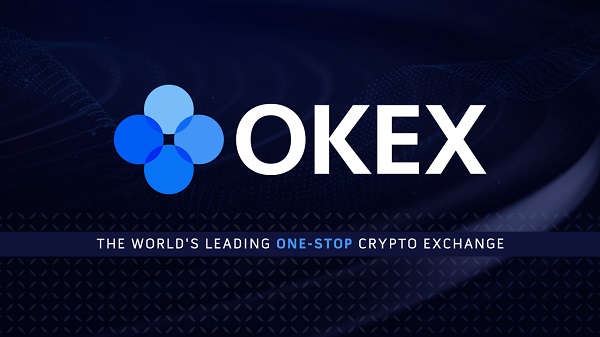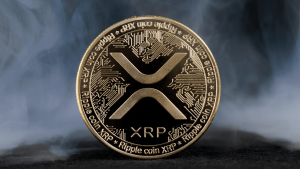Which Crypto is Killing the Planet?
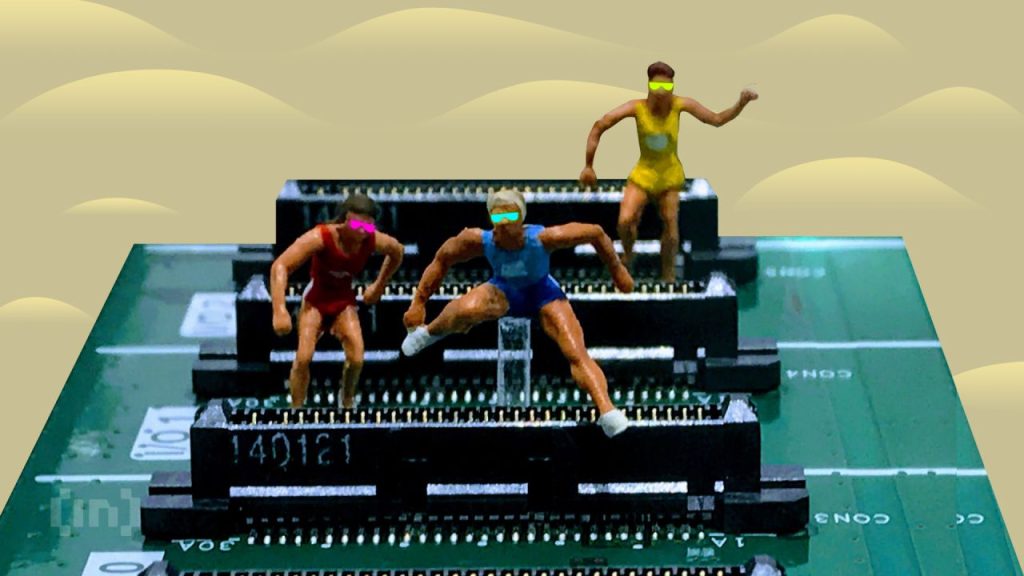
The rise of digital currencies has ignited a debate on the crypto impact on the environment. With different blockchain technologies like Bitcoin, Cardano, and Solana, the environmental implications of each must be considered before they are ready for mass adoption.
As regulatory scrutiny heightens worldwide, it is important to explore the environmental effects of these cryptos and determine which may have the most serious environmental consequences.
The Environmental Debate on Cryptos
As cryptocurrencies gain popularity, concerns about their environmental impact have grown.
In a bid to increase consciousness surrounding the ecological consequences of Bitcoin mining, Greenpeace joined forces with art activist Benjamin Von Wong as part of its continuing “change the code, not the climate” initiative. The campaign’s objective is to transition Bitcoin’s consensus method to a greener Proof of Stake (PoS) model.
On March 23, Greenpeace unveiled the artwork it had commissioned, “Satoshi’s Skull.” This striking piece features an 11-foot-tall (3.3 meters) skull adorned with the Bitcoin emblem and glowing red laser eyes.
Constructed from repurposed e-waste, the skull is embellished with “smoking stacks” representing the “fossil fuel and coal pollution” generated by Bitcoin mining, as well as the “millions of computers” employed in verifying transactions on the network.
Energy consumption, mining hardware, and support for green energy are taking up a big part of the conversation in the crypto industry. Even US Bitcoin mining firms like Terawulf are moving towards nuclear-powered facilities to minimize the crypto impact on the environment.
Nonetheless, there are multiple factors to consider when assessing the environmental footprint of cryptocurrencies to understand how it may affect their adoption.
Proof of Work Cryptos’ Impact on the Environment
Bitcoin
Bitcoin, the first and most well-known cryptocurrency, uses the Proof of Work (PoW) consensus mechanism. It requires miners to solve complex mathematical problems to validate transactions.
The process consumes significant amounts of energy, and the use of specialized ASIC mining hardware has led to increased environmental concerns.
Monero
Monero, another PoW cryptocurrency, uses the RandomX algorithm. It focuses on CPU mining, making it more decentralized and eco-friendly.
By utilizing home computers instead of ASIC mining farms, Monero reduces both energy consumption and the production of electronic waste.
Proof of Stake Cryptos’ Impact
Cardano
Cardano utilizes the Proof of Stake (PoS) consensus mechanism. It is generally more energy-efficient than PoW.
In PoS, participants validate transactions based on the amount of cryptocurrency they hold and are willing to “stake” as collateral. Cardano’s staking mechanism does not require giving up custody or risking the staked assets, making it unique among PoS cryptocurrencies.
Polkadot
Polkadot also employs a PoS system, but with a risk of slashing for validators who submit fraudulent transactions.
While PoS cryptos like Cardano and Polkadot are generally more energy-efficient than PoW, their environmental impact depends on the initial distribution of coins and the centralization of ownership.
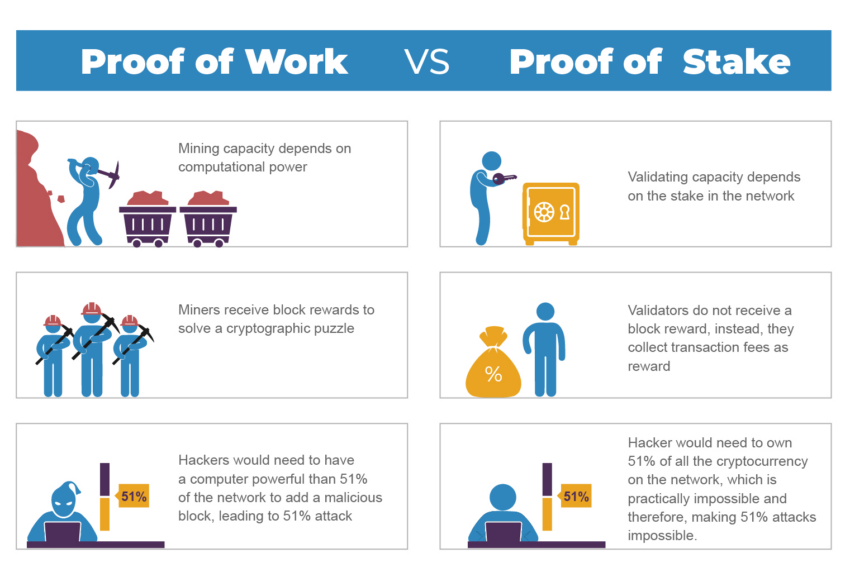
Solana’s Decentralized Clock Approach
Solana’s innovative approach uses a decentralized clock to enable faster transaction processing without the need for ASIC miners.
By employing a single-core CPU and focusing on proving the time, Solana achieves greater efficiency and lower environmental impact.
Here’s a closer look into Solana’s decentralized clock approach:
Proof of History (PoH): PoH is the backbone of Solana’s decentralized clock approach. It is a cryptographic technique that allows the network to generate a verifiable and tamper-proof timestamp for every transaction. This ensures that all network participants can agree on the order and timing of transactions without relying on a centralized authority.
Decentralized Clock Mechanism: In traditional blockchain systems, validators or miners have to reach a consensus on the order of transactions within each block. This can create speed limitations due to the need for communication and agreement among nodes. However, Solana’s decentralized clock mechanism allows transactions to be processed independently, without waiting for consensus, which significantly increases the speed of the network.
Timestamping Transactions: By assigning a unique timestamp to each transaction, Solana ensures that the order of transactions is maintained across the network. This eliminates the need for validators to reach consensus on the order of transactions, further improving the speed and efficiency of the network.
Scalability: Solana’s decentralized clock approach enables the network to handle a high volume of transactions per second, making it an ideal platform for decentralized applications (dApps) and other use cases that require high throughput and low latency.
Security: The PoH mechanism ensures that transactions are securely timestamped, making it difficult for malicious actors to manipulate the order of transactions or create fraudulent timestamps. This enhances the overall security and trustworthiness of the Solana network.
Comparing Impacts on the Environment: Bitcoin, Cardano, and Solana
Energy Consumption
While Bitcoin is known for its high energy consumption, Cardano and Solana consume significantly less due to their different consensus mechanisms.
PoS systems like Cardano are generally more energy-efficient than PoW systems like Bitcoin.
Mining Hardware
Bitcoin’s reliance on specialized ASIC mining hardware contributes to its environmental impact.
In contrast, Monero, Cardano, and Solana focus on using more widely available hardware, such as CPUs in the case of Monero and Solana, and the PoS system in Cardano. This reduces the environmental footprint associated with mining hardware production and disposal.
Supporting Green Energy
While Bitcoin mining is on the spotlight for its energy consumption, it has also led to increased adoption of green energy sources like wind and solar power. Some mining operations use excess energy from renewable sources, mitigating their environmental impact.
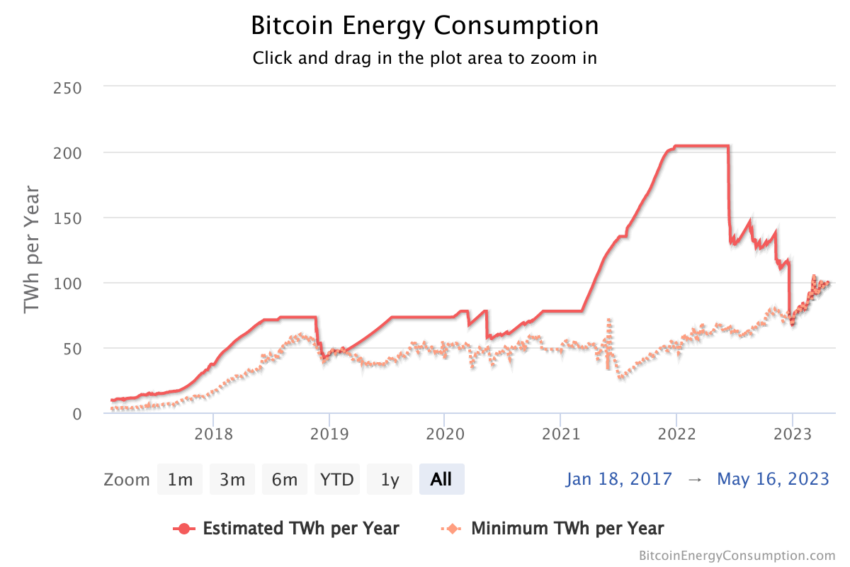
Cardano and Solana, with their lower energy consumption, have the potential to support green energy as well. But these cryptos’ impact on the environment is not as significant as Bitcoin’s.
The Future of Environmentally Friendly Cryptos
As the environmental concerns surrounding cryptocurrencies grow, the development of new, eco-friendly technologies and consensus mechanisms will become increasingly important.
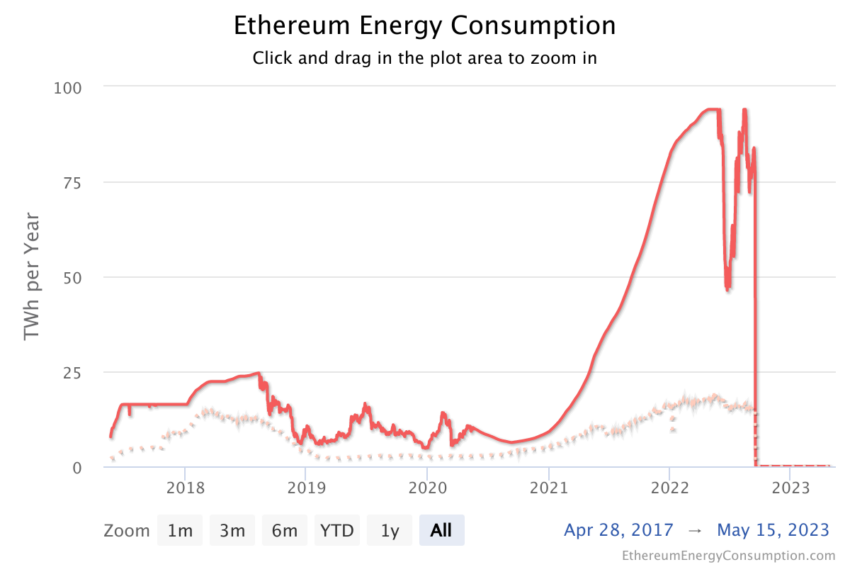
Innovations like Monero’s RandomX, Cardano’s unique staking system, and Solana’s decentralized clock approach can pave the way for more sustainable and energy-efficient cryptocurrencies in the future.
Factors to Weigh When Choosing an Environmentally Friendly Crypto
When deciding which cryptocurrency to support or use, consider the following factors:
Speed
The speed of transaction processing is an essential consideration. Solana’s unique approach allows for faster transactions, while Cardano’s PoS system also provides increased efficiency compared to PoW cryptocurrencies like Bitcoin.
Security
Evaluate the security features of each cryptocurrency, such as the consensus mechanism and potential vulnerabilities. Cardano’s unique staking system does not require giving up custody or risking assets. This is an example of a secure and innovative approach.
Decentralization
Decentralization is a key feature of cryptocurrencies. Monero’s focus on CPU mining and Solana’s single-core CPU approach contribute to increased decentralization. These solutions prevent the centralization issues associated with ASIC mining farms.
The Crypto Impact on the Environment
Consider the environmental footprint of each cryptocurrency, including energy consumption, mining hardware, and support for green energy. Cardano and Solana are generally more eco-friendly than Bitcoin due to their consensus mechanisms and focus on widely available hardware.
While Bitcoin is known for its significant environmental impact, alternatives like Cardano and Solana offer more sustainable options. This is due to their unique consensus mechanisms and hardware requirements.
When choosing a cryptocurrency, consider factors like speed, security, decentralization, and environmental impact to make an informed decision.
Bitcoin’s Energy Consumption: Bitcoin’s energy-intensive Proof of Work (PoW) consensus mechanism has raised concerns about its environmental impact. Many industry leaders are advocating for a transition to a more eco-friendly model.
Cardano’s Green Alternative: Cardano’s Proof of Stake (PoS) consensus mechanism provides a more environmentally-friendly alternative to Bitcoin. It significantly reduces its energy consumption and carbon footprint.
Solana’s Decentralized Clock Approach: Solana’s unique Proof of History (PoH) mechanism enables the network to achieve high-speed transactions. But, it maintains a lower energy footprint compared to Bitcoin.
From art campaigns raising awareness to mining companies transitioning to nuclear-powered facilities, there is a growing movement towards adopting greener and more sustainable practices in the crypto space. As the crypto landscape evolves, it’s crucial to keep an eye on new technologies and solutions that minimize the crypto impact on the environment.
Disclaimer
Following the Trust Project guidelines, this feature article presents opinions and perspectives from industry experts or individuals. BeInCrypto is dedicated to transparent reporting, but the views expressed in this article do not necessarily reflect those of BeInCrypto or its staff. Readers should verify information independently and consult with a professional before making decisions based on this content.


